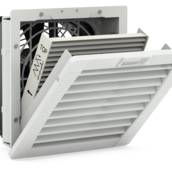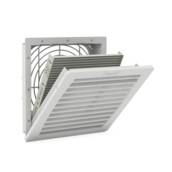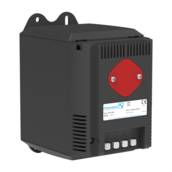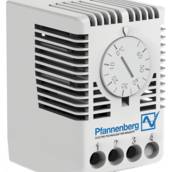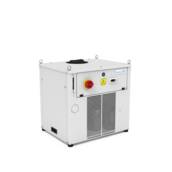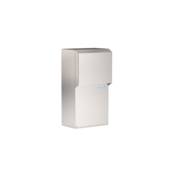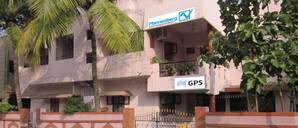Handling load peaks and fluctuations in voltage quality
A critical component of any successful energy storage system is the Power Conversion System, or “PCS”. The PCS is used in a variety of storage systems, and is the intermediary device between the storage element, typically large banks of (DC) batteries of various chemistries, and the (AC) power grid.
Converters can be used also for rail vehicles, wind turbines and test benches for motors, gears and transformers.
The typical type of conversion takes place in the field of voltage conversion, e.g. high voltage to medium voltage (or low voltage) or DC voltage. In the same course a frequency conversion can take place.
Clean electrical networks ensure operational safety
Good network quality is important for all connected consumers. Damage to electrical components and interruptions must be avoided. Here there are two dominant topics: power factor correction and harmonic correction. Both are very important for industrial/power grid coupling.
There are different techniques to achieve the two mentioned compensations: most of the solutions are cooling with standard filterfans; roof mounting filterfans fit also very well; heaters and thermostats are equally common and very useful choices.
Liquid cooling guarantees operation in any type of environment
PCS systems are typically included in control cabinets, whose natural air convection is guaranteed by the combination of filterfans and exhaust filters.
At the same time, the power electronics and the grid filter require a more precise liquid cooling which can be comfortably reached through the presence of an internal water-water heat exchanger and an external water chiller. Such an efficient liquid cooling, expands the PCS system's range of uses to include areas with challenging climates and high ambient temperatures.
Preset containers including outdoor cooling units
In an Ultra high voltage direct current (UHVDC) line, there usually is one converter station at both the beginning and the destination point. To solve the unexpected assembly and commissioning problems in remote areas on site, customers often prefer to build preset container solutions, in which all the necessary protection and control systems can be installed in the cabinet and put into a container in advance. The heat load of the container is about 10 to 15 kW, also due to the sunshine exposition, which means 2 to 3 pcs of cooling units are needed on each container.
